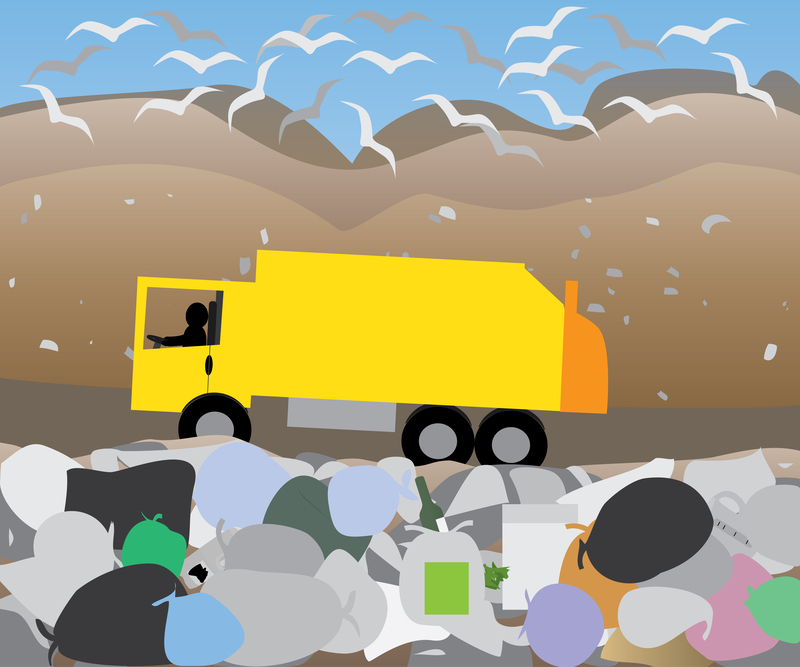The Role of Wood Waste in Carbon Capture Strategies
As discussions regarding climate change intensify, carbon capture and storage (CCS) has emerged as a pivotal component in global efforts to reduce atmospheric carbon dioxide levels. Among various methods and innovations in this domain, wood waste has been increasingly recognized for its potential role in effective carbon capture strategies. This article delves into the multifaceted role of wood waste and how it can be leveraged for sustainability and carbon sequestration.
Understanding Carbon Capture and its Importance
Carbon capture refers to the process of trapping carbon dioxide emissions at their source, preventing them from entering the atmosphere. This technology is essential in mitigating global warming, as it helps to reduce the overall greenhouse gas emissions, thus slowing climate change. While CCS generally involves industrial processes, the incorporation of natural materials like wood waste offers a promising, environmentally friendly alternative.

What is Wood Waste?
Wood waste is a byproduct of various industrial processes and consumer activities, including logging, milling, and production of wooden goods. Common forms of wood waste include sawdust, wood chips, offcuts, and defective wood products. Traditionally considered a disposal problem, its potential for carbon capture offers a sustainable solution, turning waste into a valuable resource.
The Science Behind Wood Waste as a Carbon Capture Agent
- Natural Carbon Storage: Trees inherently capture carbon dioxide through the process of photosynthesis, storing carbon within their biomass. This natural storage continues even when wood is processed into waste.
- Biochar Production: By converting wood waste into biochar--a stable, charcoal-like substance--carbon can be effectively locked away for centuries. This process, called pyrolysis, involves heating wood waste in the absence of oxygen.
- Sustainability: Using wood waste for carbon capture promotes the use of sustainable materials and reduces the pressure on landfills, hence benefiting the environment.
Applications of Wood Waste in Carbon Capture Strategies
Biochar: An Effective Sequestration Tool
Biochar is lauded for its dual capabilities as a soil enhancer and a carbon sequestration agent. When integrated into soil, biochar improves soil fertility and water retention while simultaneously storing carbon over long periods. This dual functionality makes it a key player in sustainable agriculture while contributing to carbon capture efforts.
Energy Production Through Biomass
Wood waste can be utilized as biomass for energy production. Biomass energy is considered carbon-neutral, as the carbon dioxide released upon combustion equals the amount absorbed during the wood's growth phase. When coupled with carbon capture technologies, biomass plants can achieve negative emissions, offering substantial benefits to the climate.
Economic and Environmental Benefits
The transformation of wood waste into a tool for carbon capture presents numerous benefits:
- Cost-Effectiveness: Utilizing a byproduct lowers the overall costs of carbon capture compared to synthetic methods.
- Waste Reduction: Diverting wood waste from landfills decreases pollution and landfill use, promoting a circular economy.
- Job Creation: As wood waste management and biochar production expand, new industries and job opportunities arise, bolstering economic growth.

Challenges and Considerations
Despite the potential benefits, there are challenges that must be addressed:
- Logistical Limitations: Collecting and transporting wood waste efficiently can be challenging, particularly in remote areas.
- Technology Development: Advanced technologies for efficient biochar production and carbon capture still require significant research and investment.
- Policy Support: Government policies and incentives are essential to encourage the adoption of wood waste-based carbon capture strategies.
Future Prospects
As research and technology advance, the potential for wood waste in carbon capture will likely expand. Innovations in pyrolysis technology and biochar applications will continue to enhance the effectiveness and efficiency of using wood waste for environmental purposes. Moreover, public awareness and policy frameworks supporting renewable energy and sustainability will play an indispensable role in harnessing its full potential.
Conclusion
The integration of wood waste into carbon capture strategies represents a critical shift towards more sustainable practices in combatting climate change. By turning a potential environmental liability into an asset, we can mitigate carbon emissions while also enhancing soil health, generating renewable energy, and promoting economic growth. Therefore, harnessing the power of wood waste not only contributes significantly to carbon sequestration efforts but also fosters a more sustainable and resilient future.